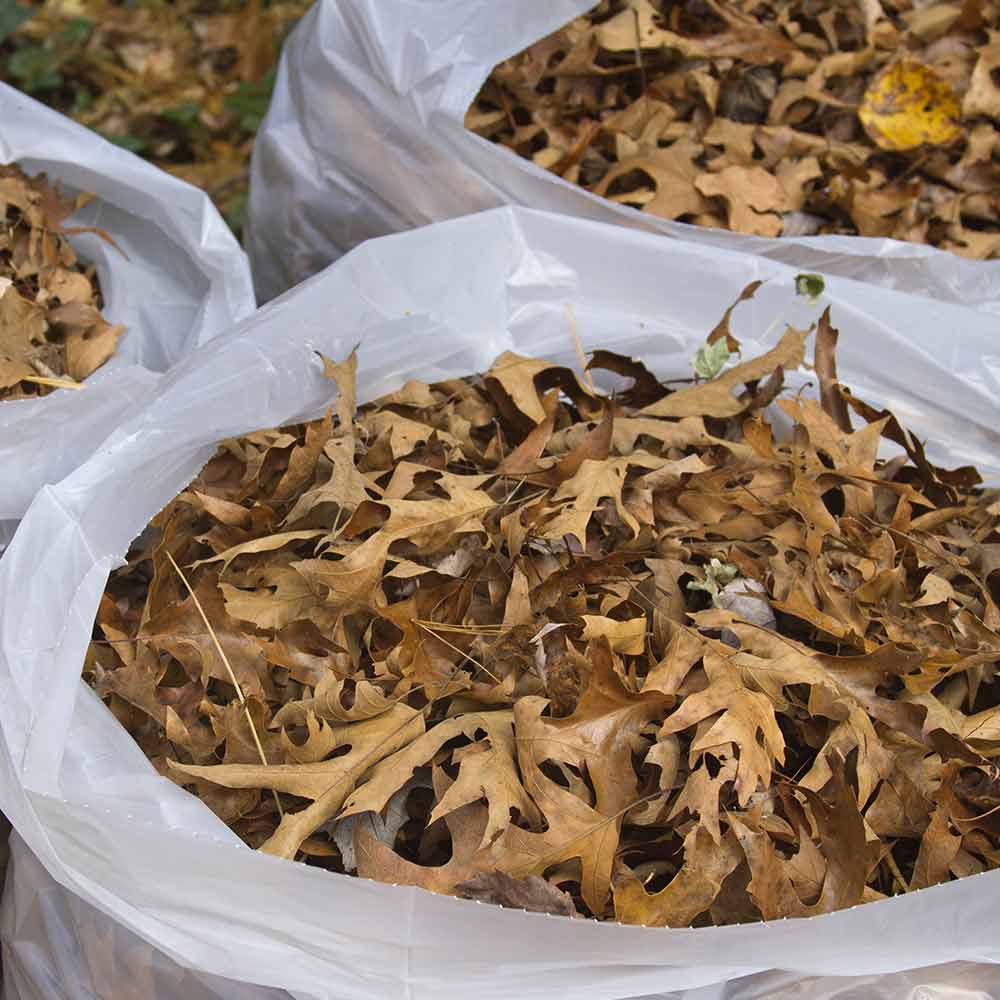Project Guide
How to Harvest Leaves for Mulch
One of the easiest ways to make any edible plant happy is to provide a thick mulch of crumbled, weathered leaves. Natural leaf mulch keeps the soil cool and moist and is usually free of weed seeds.
As this year’s new crop of leaves falls to the ground, use these simple strategies to prepare them for use as mulch right now, and again in next year’s veggie garden.

Harvest Leaves for Garden Mulch
- Mow dry leaves as they fall. Instead of bagging the leaves, use your mower’s side discharge to spew the chopped leaves into rows.
- Use your mower’s bagging attachment to catch a mixture of shredded leaves and late-season grass clippings. Or simply rake into mounds of clippings and leaves.
- Use this mixture as vegetable garden mulch immediately. It’s perfect for mulching fall-planted garlic because the grass clippings keep the leaf pieces from blowing around.
- Rake coarsely chopped leaves onto a tarp, and pile them onto vacant vegetable garden beds. Leaves that have been coarsely chopped with a mower tend to stay put, and rot faster than whole leaves.
- Rake or blow leaves into piles as leaf season moves into high gear. Keep leaves contained in wide enclosures where leaf fall is heaviest. Broad bins are best, because more leaves are exposed to rain and weather, which helps them to rot faster.
- Leaves destined for vegetable gardens can be left in bins to weather until spring, or gradually move them to the garden for winter mulch. Winter leaf mulch protects beds from weeds and erosion. The leaves won’t be completely rotted by spring. Rake them up then, and set them aside until they are needed to mulch your favorite veggie crops.
